Alien Landscapes
Kodak Ektachrome Professional Infrared EIR Film has become a bit of a holy grail for experimental photographers, and I have seen it command prices of over £100 on ebay. I was lucky enough to get hold of a roll in a mixed bundle of old films (along with 2 HIE Black and White infra-red rolls for about £14 – I guess the guy didn’t know what he had!).
About the film
EIR is a ‘false colour’ technical film, coated on an Estar base with a sensitivity from 380-900nm – this covers the full visible spectrum and some of the near-UV and all of the near-IR range. Near Infra-red wavelengths are rendered as a deep visible red, and due to the ‘Woods Effect’ (reflection of n-IR wavelengths from foliage) this means that foliage comes out in this colour creating strange and bizarre visual effects.
The film was used for surveying to show sick or damaged areas, photo-micrography, document study, or surveillance (as camouflage netting does not reflect IR in the same way as foliage.
Development and Exposure
The canister carries dire warnings that the film must be handled in total darkness, though I loaded this in a blacked-out en-suite, where the small amount of light spill from the extractor fan provides just enough to see by, with no ill effects.
It can be developed using the propriety AR-5 process which brings out the full IR effects, or in standard E6 (providing no IR sensors are used on the machine), and of course this means it will cross process in C41, which is what I did as I have that process available to me at home.
To obtain the full IR effects you need to use a filter – often red, orange or yellow (as I have here) to reduce the levels of lower wavelengths striking the film, though blue, cyan and magenta filters will also create interesting shifts.
The nominal ISO is 400, and the datasheet recommends EI200 with a yellow filter (so this would be EI250 for yellow and EI200 for red). The exposure latitude is only ½ stop and this leads many people to worry about extensive bracketing. This post on alternativephotography.com suggests an EI of 320 and thus settings of for bright sun:
- Yellow filter – f22 1/125 sec
- Orange filter – f16 1/125 sec
- Red filter – f11 1/125 sec
I based by exposures on these settings altering these by my intuition on different conditions. I also didn’t bother with IR focusing adjustment as at smaller apertures it really does not make that much difference.
Gallery
I’ve been saving this film in the ‘fridge for a decent day out, and took the opportunity on a walk round the Aire and Calder Navigation looping round from Castleford to Normanton via Allerton Bywater and Mickletown – 12.9 miles all told. Often I find that 9 or 10 miles is my ‘photography limit’ the point after which I am beginning to tire a little and this makes me less inclined to seek interesting images, but the combination of nice scenery, nice weather and new comfy trail boots kept me going.
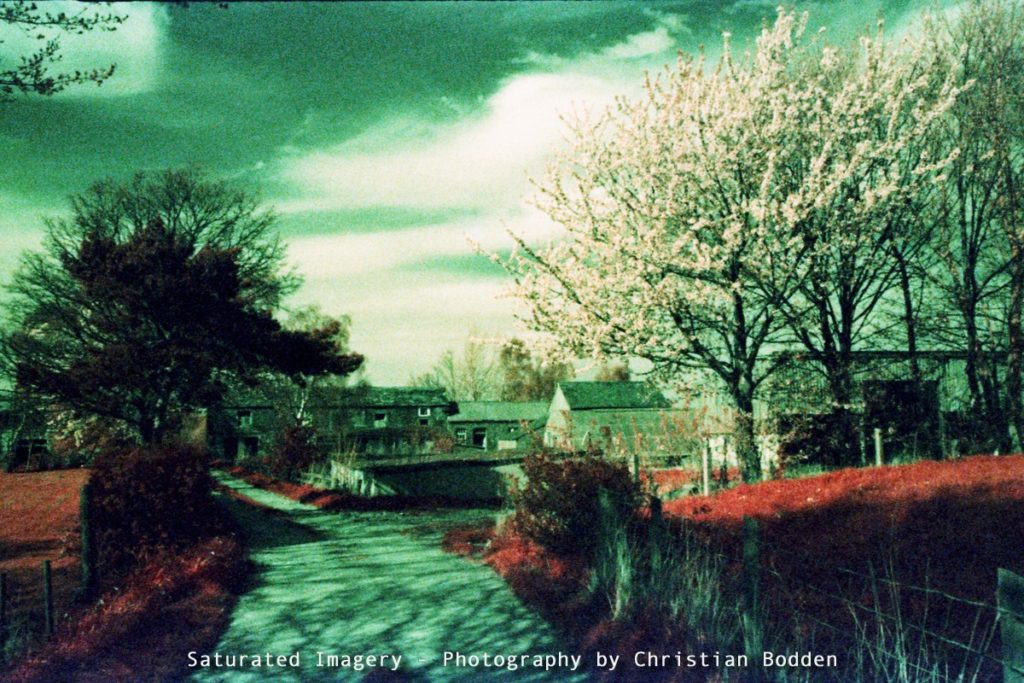
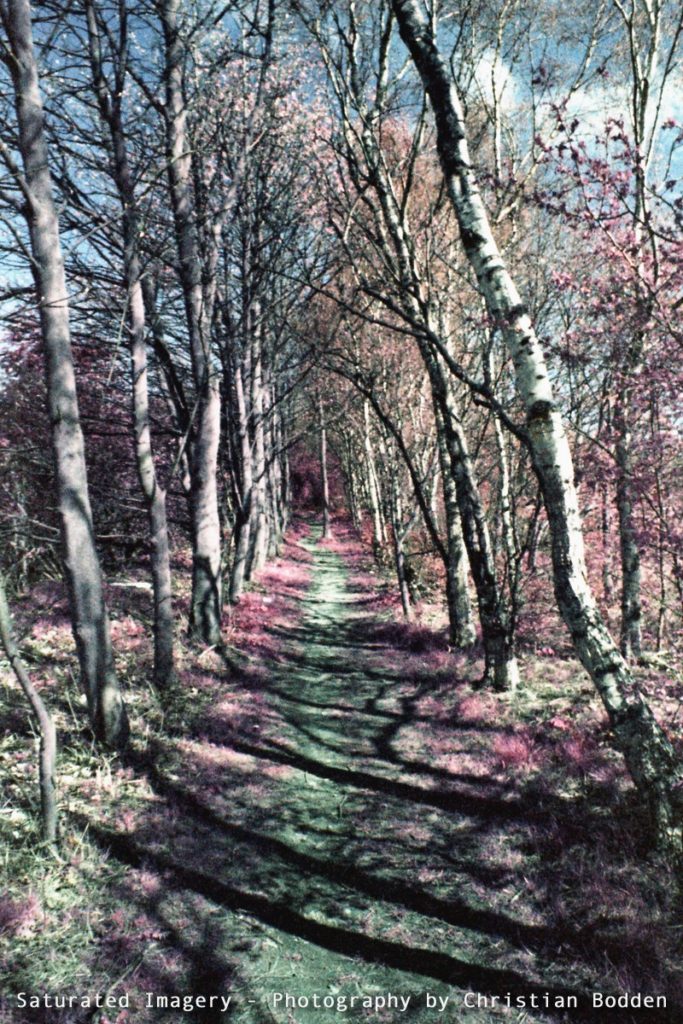
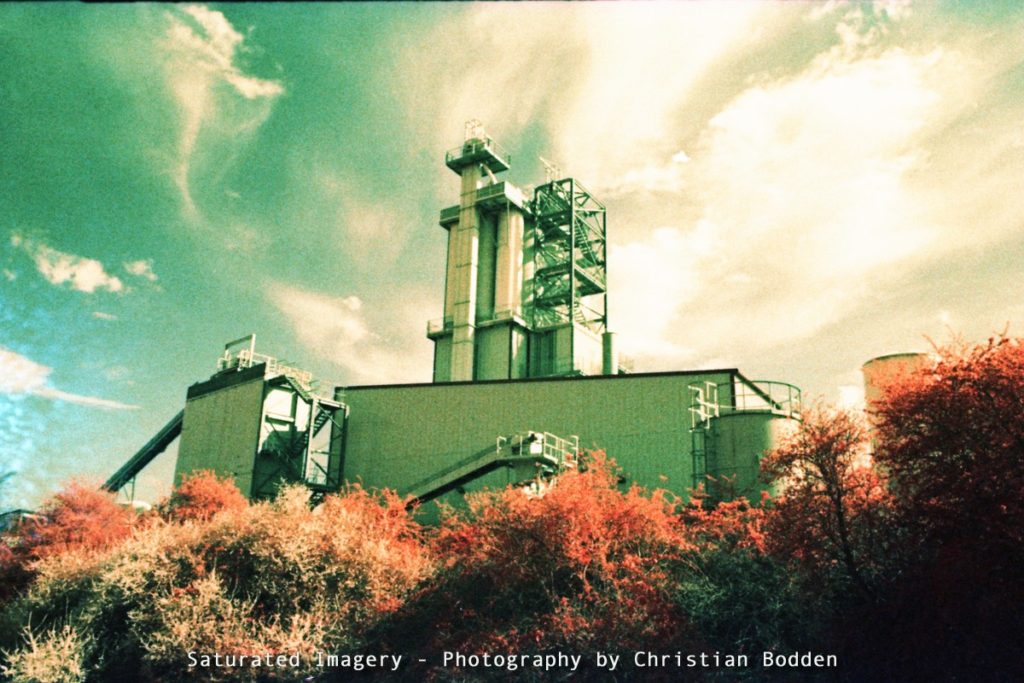
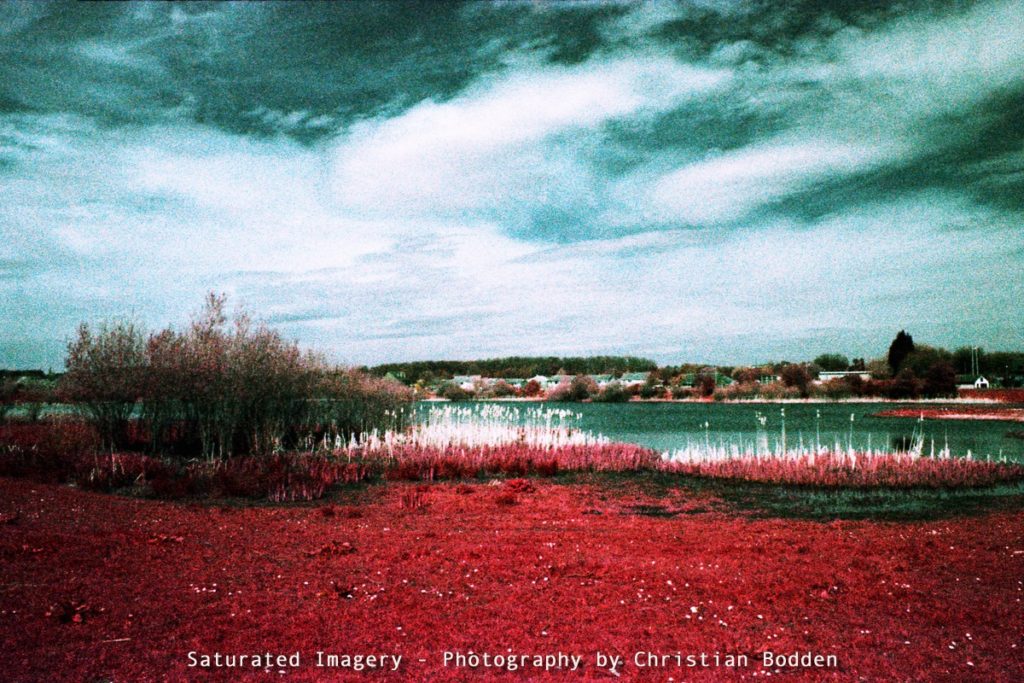
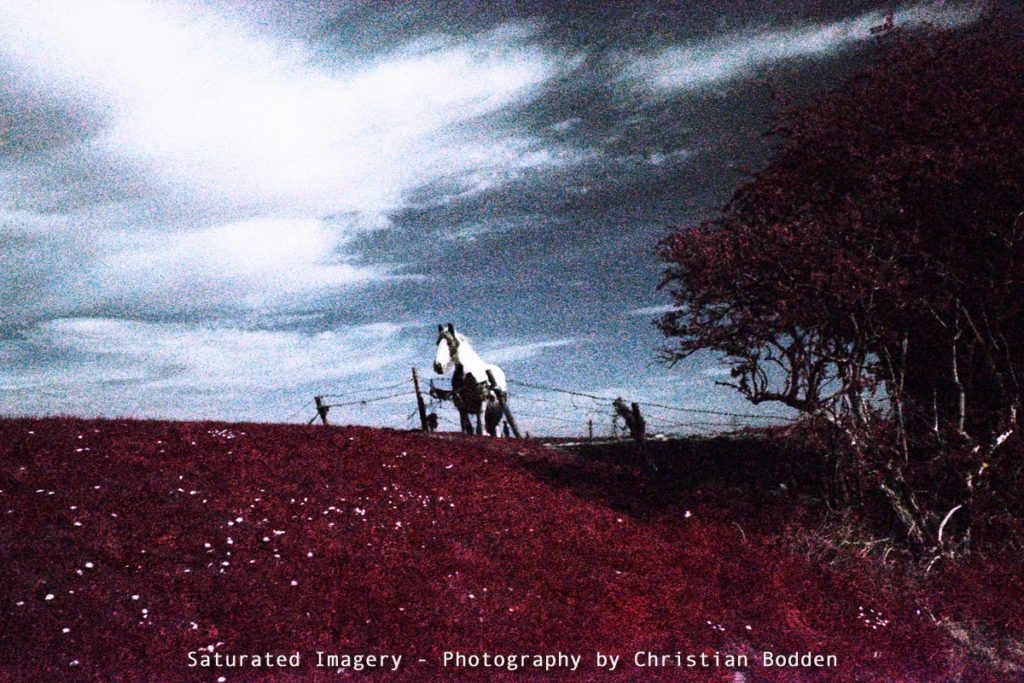
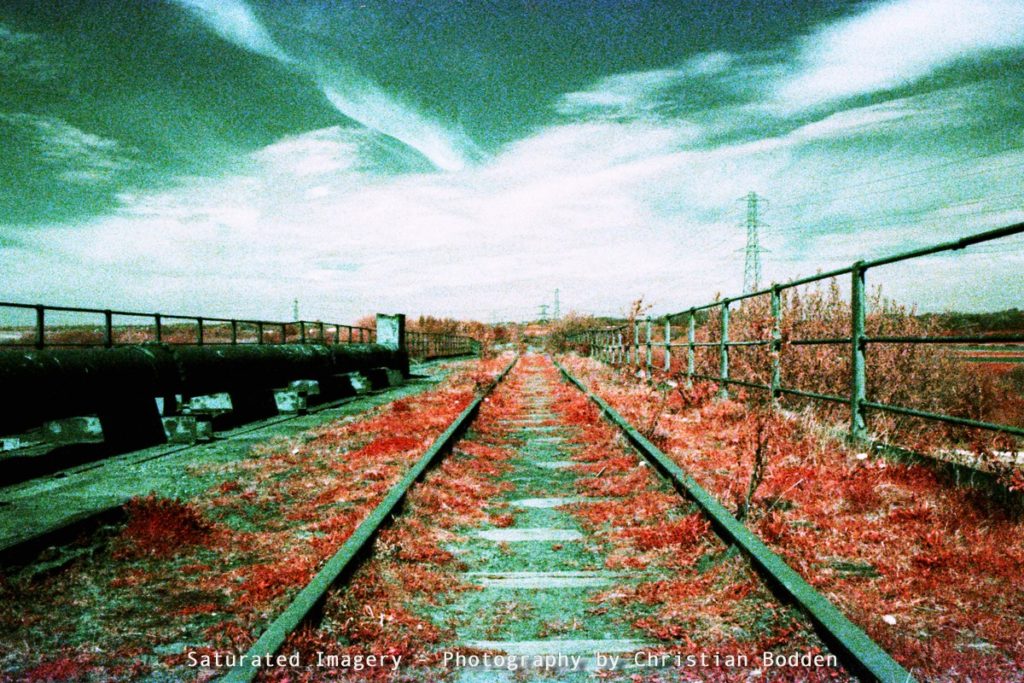
Praktica MTL5B with Viivitar 28mm f/2.5, red, orange and yellow filters. Processed Rollei Digibase C41 3.5m at 40c. Scanned Epson V500. Post Processing Photoshop CS6.